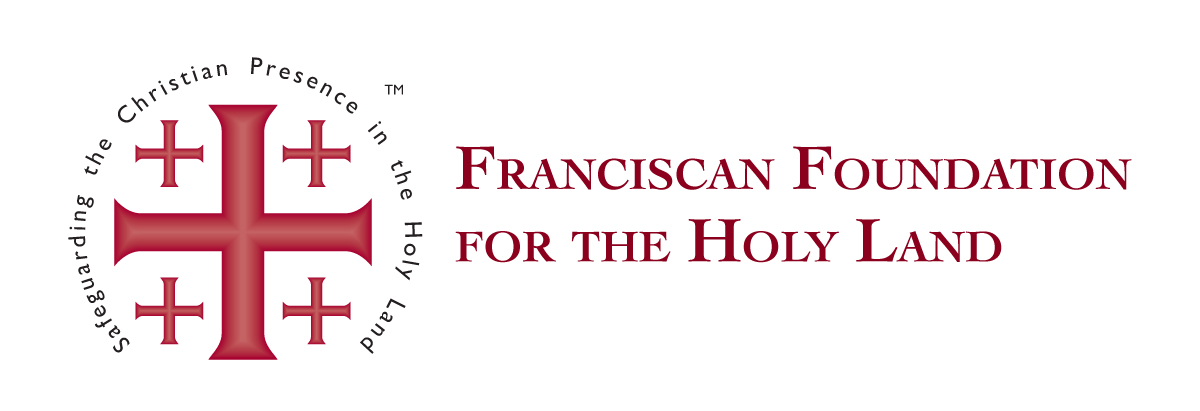By John F. Fink
The first few times I visited the Church of the Nativity in Bethlehem, back in the 1970s, there always seemed to be puddles on the floor. This was a mystery to me until I learned some of the church’s history.
It seems that during the time of the Crusades, the cedar roof of the church was badly in need of repair. It was in poor condition in the 13th and 14th centuries. It was finally replaced in 1480, with lead supplied by England, replacing the cedar.
Fast forward to the 17th century. The Ottoman Turks were threatening to overrun all of Christian Europe. In 1683, a vast Turkish army that might have been as large as half a million men, moved across Hungary and threatened Vienna, Austria.
The movement of so many men was slow though so the defenders of the city completed preparations to hold off the Turks. Besides, the Turks didn’t bring their heaviest artillery. The Viennese fought bravely and the Turks quickly began to run out of ammunition.
Then someone among the Turks remembered the lead on the roof of the Church of the Nativity. Kara Mustafa, the leader of the Turks, sent soldiers back to Bethlehem where they stripped the roof of its lead and rushed it to Vienna.
While they were doing that though, an army led by King Jan Sobieski of Poland and Prince Charles of Lorraine arrived in Vienna and defeated the Turks. Sobieski sent a message to Pope Innocent XI that imitated Julius Caesar’s “I came, I saw, I conquered.” Sobieski’s message said, “I came, I saw, God conquered.”
It was a momentous victory for the Christian forces driving the Turks out of Europe. However, the damage had been done to the roof of the Church of the Nativity. For about three centuries, whenever it rained, large puddles formed on the floor. It wasn’t until fairly recent years that the Israeli government fixed the roof when the various Christian churches couldn’t decide whose responsibility it was to do so.
This was not the only time that the Church of the Nativity played a part in a war. In 1846, the silver star that shows where Christ was born was stolen. The Church of the Nativity was then under the control of the Ottoman Empire, but in 1852, Napoleon III of France forced the Ottomans to recognize France  as the “sovereign authority” in the Holy Land.
as the “sovereign authority” in the Holy Land.
The Sultan of Turkey replaced the silver star, but with a Latin inscription. This angered the Russian Empire because of various treaties, and it mobilized an army. The Ottomans quickly reversed their decision and made the Greeks the sovereign authority over the churches in the Holy Land.
The result was the Crimean War between 1853 and 1856 with the Russian Empire on one side and an alliance of the French, British and the Ottoman Empire on the other. The conduct of the war is way beyond the scope of this short article, but it ended with the defeat of Russia greatly diminishing the naval threat it posed to the Ottoman Empire.
Since the Church of the Nativity is the oldest, continuously operating church in the Middle East, it’s not surprising that it has been involved in numerous controversies. It was built between 327 and 333 by Emperor Constantine and his mother, Helena. It was rebuilt by Emperor Justinian in 565.
When the Persians took over the Holy Land in 614 and destroyed all the other Christian churches, they spared the Church of the Nativity. Legend is that the Persian commander, Shahrbaraz, saw the mosaic of the three Magi wearing Persian clothing and commanded that the church be spared.
The church has even been involved in violence in the 21st century. In 2002, 50 armed Palestinians who were wanted by the Israelis tried to escape by locking themselves in the church. Some 200 monks and other Palestinians who supported them arrived at the site and were taken as hostages.
The Israelis didn’t try to break into the church, but did prevent the entry of food until the gunmen surrendered. The siege lasted for 39 days. Eventually, after lengthy negotiations, the gunmen were exiled to Gaza, Spain and Italy.
